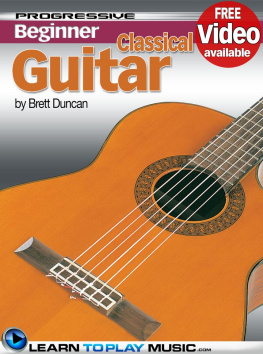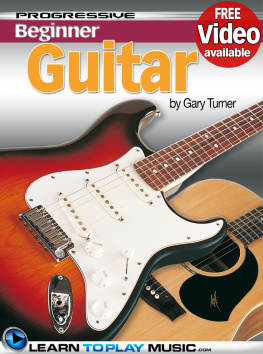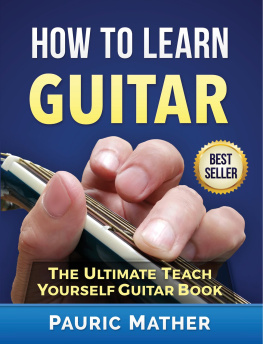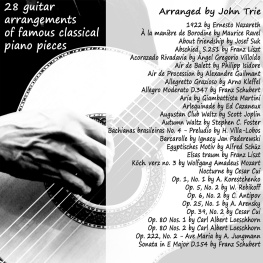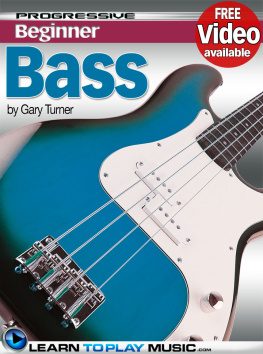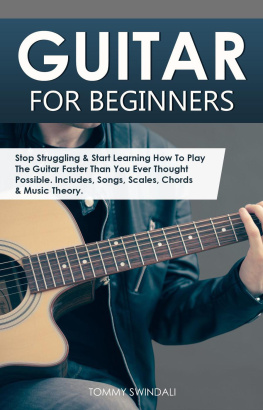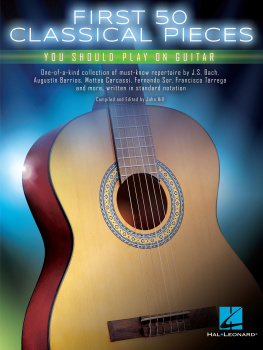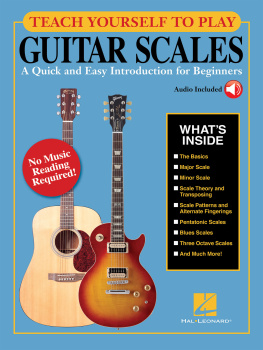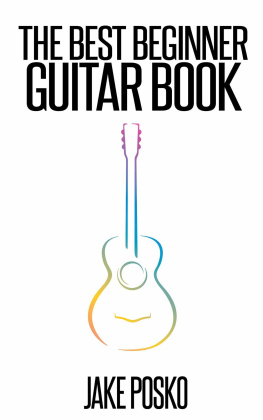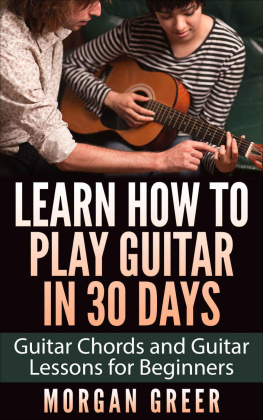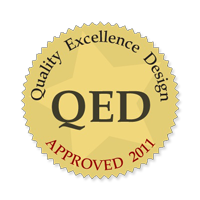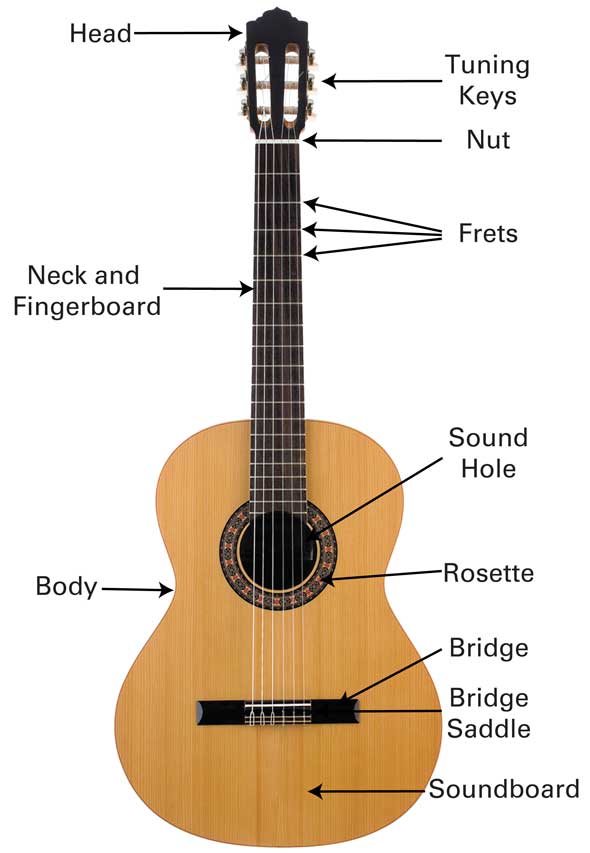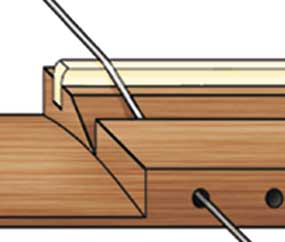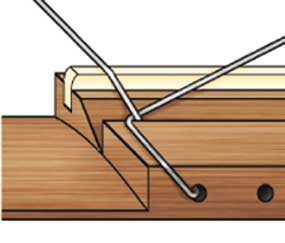Brett Duncan - Classical Guitar Lessons for Beginners: Teach Yourself How to Play Guitar
Here you can read online Brett Duncan - Classical Guitar Lessons for Beginners: Teach Yourself How to Play Guitar full text of the book (entire story) in english for free. Download pdf and epub, get meaning, cover and reviews about this ebook. year: 2013, publisher: LearnToPlayMusic.com, genre: Children. Description of the work, (preface) as well as reviews are available. Best literature library LitArk.com created for fans of good reading and offers a wide selection of genres:
Romance novel
Science fiction
Adventure
Detective
Science
History
Home and family
Prose
Art
Politics
Computer
Non-fiction
Religion
Business
Children
Humor
Choose a favorite category and find really read worthwhile books. Enjoy immersion in the world of imagination, feel the emotions of the characters or learn something new for yourself, make an fascinating discovery.
- Book:Classical Guitar Lessons for Beginners: Teach Yourself How to Play Guitar
- Author:
- Publisher:LearnToPlayMusic.com
- Genre:
- Year:2013
- Rating:5 / 5
- Favourites:Add to favourites
- Your mark:
Classical Guitar Lessons for Beginners: Teach Yourself How to Play Guitar: summary, description and annotation
We offer to read an annotation, description, summary or preface (depends on what the author of the book "Classical Guitar Lessons for Beginners: Teach Yourself How to Play Guitar" wrote himself). If you haven't found the necessary information about the book — write in the comments, we will try to find it.
Teach yourself how to play guitar with our easy classical guitar lessons for beginners.
Comes with online access to free guitar videos and audio for all examples. See and hear how each one is played by a teacher, then play along with the backing band. Also includes music score animation for easy music learning.
Best teacher on paper! Ive always wanted to learn how to play a guitar. It amazes me how I was able to learn so fast. Joe McDougal, Leominster MA
Progressive Beginner Classical Guitar contains all you need to know to start learning to be a great classical guitar playerin one easy-to-follow, lesson-by-lesson classical guitar tutorial. Suitable for all ages and all types of classical guitars. No prior knowledge of how to read music or playing the guitar is required to teach yourself to learn to play guitar from this book.
Teach yourself:
- All the left hand and right hand fundamental techniques of classical guitar playing
- Practical guitar theory for learning how to read classical guitar music for beginners to play solo or in an ensemble
- How to tune a guitar
- Classical guitar tips and classical guitar tricks that every player should know when learning guitar
- Shortcuts for how to learn guitar fast by getting the most from guitar practice sessions
Contains everything you need to know to learn to play the guitar today.
Features include:
- Progressive step-by-step easy guitar lessons written by a professional classical guitar teacher
- Easy-to-read classical guitar music
- Photos and diagrams
- 70+ classical guitar exercises and popular easy classical guitar songs for beginners including music by Tarrega, Giuliani, Sor, Aguado, Carulli and Carcassi
Beginner guitar lessons have never been this easy for anyone who wants to learn how to play the guitar, fast.
LearnToPlayMusic.coms classical guitar lessons for beginners are used by students and guitar teachers worldwide to learn how to play guitar. For over 30 years, our team of professional authors, composers and musicians have crafted guitar lesson books that are a cut above the rest. We offer a huge selection of music instruction books that cover many different instruments and styles in print, eBook and app formats. Awarded the Quality Excellence Design (QED) seal of approval for eBook innovation, LearnToPlayMusic.com continues to set the standard for quality music education resources.
Brett Duncan: author's other books
Who wrote Classical Guitar Lessons for Beginners: Teach Yourself How to Play Guitar? Find out the surname, the name of the author of the book and a list of all author's works by series.

